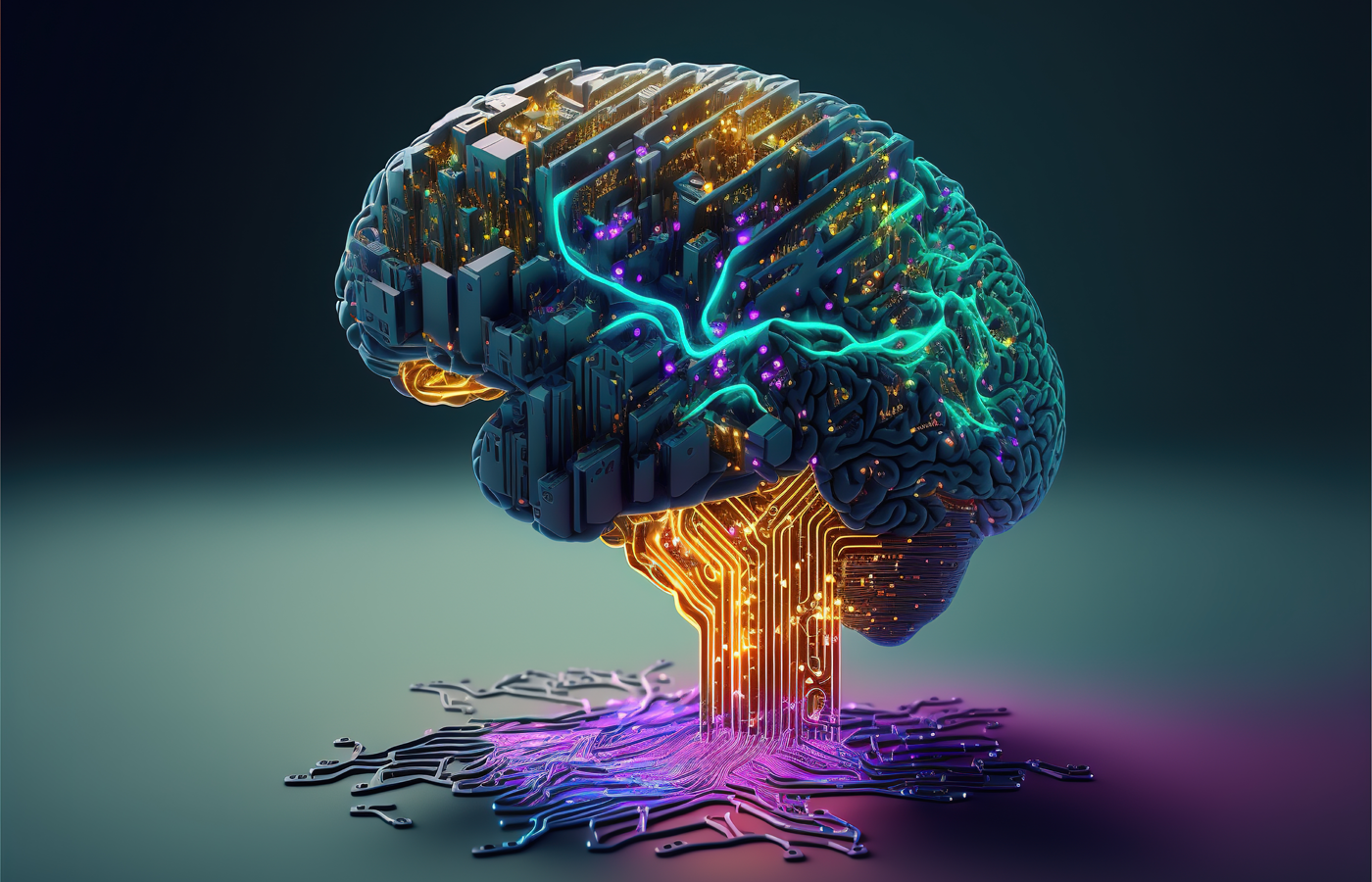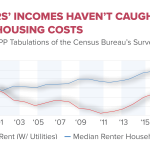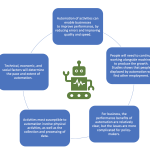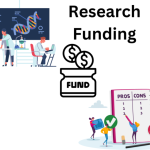Generative AI is revolutionizing the way individuals and organizations approach tasks, showcasing an impact previously unseen in the tech landscape. With tools like ChatGPT leading the charge, the adoption of generative AI has surged, quickly surpassing the pace of previous technological advancements such as personal computers and the internet. Nearly 40% of Americans have engaged with these innovative AI solutions for both work and home applications, reflecting a significant shift in how technology integrates into daily life. The proliferation of generative AI tools is not just facilitating productivity; it’s transforming the workplace culture and enhancing overall efficiency. As businesses recognize the potential of AI for productivity, understanding its usage patterns and demographics will be crucial for navigating the future of technology in the workplace.
The emergence of synthetic intelligence systems is reshaping the landscape of productivity across various sectors. These intelligent tools, synonymous with generative models, are being rapidly integrated into everyday tasks, from content creation to data analysis. With a staggering number of users experimenting with these technologies, such as ChatGPT, the economic ramifications are becoming evident. Rapid assimilation of these innovative solutions highlights their importance in fostering a more efficient workplace environment. As organizations grapple with the implications of this automation, the relevance of leveraging AI tools effectively cannot be overstated.
The Rapid Adoption of Generative AI
Generative AI has been embraced by the public at an unprecedented rate, surpassing even the initial adoption phases of personal computers and the internet. A report indicates that around 40 percent of Americans have engaged with generative AI tools like ChatGPT, signaling a significant shift in how technology is utilized in both personal and professional settings. This swift acceptance of AI underscores its potential to revolutionize various industries, making it a critical focus for businesses aiming to harness its capabilities for growth and efficiency.
The speed of generative AI adoption can be attributed to its compatibility with existing technologies such as the internet and personal computers. Unlike the past, where groundbreaking innovations encountered barriers due to technological limitations, generative AI thrives on the foundation set by earlier advancements. Users already familiar with digital tools find it easier to integrate AI into their daily tasks, a clear indication that generative AI is becoming a fundamental part of the digital toolbox across demographics.
Key Benefits of Generative AI in the Workplace
Companies are beginning to recognize the extensive benefits of using generative AI tools to enhance productivity and efficiency. Many employees report using AI for a variety of tasks such as drafting emails, generating reports, and streamlining communication processes. This innovative approach not only saves time but also allows workers to focus on more strategic activities that require human insight and decision-making. By automating routine tasks, generative AI enhances workplace productivity, creating an environment where employees can collaborate more effectively.
Moreover, the ability of generative AI to process vast amounts of data and provide actionable insights is particularly advantageous for decision-makers in organizations. The integration of AI into workplace processes enables businesses to leverage data-driven strategies, facilitating improved operational efficiencies. As companies adopt these tools, they stand to gain a competitive edge in the market by optimizing workflows and enhancing customer experiences.
Generative AI Versus Traditional Tools
Comparing generative AI to traditional tools reveals significant advancements in functionality and user experience. Traditional workplace tools often require manual input and protracted processes, whereas generative AI can produce content and insights in real time, improving efficiency drastically. As users have reported, the ability to generate high-quality outputs quickly can revolutionize project timelines and enhance collaborative efforts.
Additionally, the adaptability of generative AI allows it to cater to a wide array of tasks and industries. From creative writing to technical drafting, the versatility of these tools means that professionals in various fields can adopt and benefit from them. As generative AI continues to evolve, it stands to replace many traditional tools, pushing companies to reevaluate their technological investments and explore the full potential of AI solutions.
Demographic Insights into Generative AI Use
The usage of generative AI tools shows varying patterns across different demographic groups. Research indicates that younger individuals, particularly those in educational environments, are more inclined to integrate AI into their daily routines compared to older generations. This trend highlights an essential factor in AI adoption: familiarity with technology correlates strongly with usage. Educators and employers can leverage this knowledge to enhance AI training and encourage wider acceptance of these tools among older employees.
Furthermore, the disparity in generative AI usage also reflects educational and occupational backgrounds. Those working in STEM fields or management positions are more likely to engage with AI tools, indicating that industry context plays a crucial role in adoption rates. Understanding these demographic differences is vital for businesses aiming to tailor their AI strategies and ensure that all employees are equipped to utilize these powerful tools effectively.
Comparative Analysis: AI Adoption and Historical Trends
Contextualizing generative AI adoption in relation to previous technological advancements provides valuable insights into its potential trajectory. Historically, the adoption rates of personal computers and the internet were relatively slow, with only a fraction of the population utilizing these technologies in their early years. In stark contrast, the rapid embrace of generative AI reflects a significant shift in consumer behavior and readiness for technological integration. Economic implications from this fast adoption may result in an accelerated transformation across various sectors.
The immediate uptake of generative AI suggests that businesses and policymakers need to be proactive in understanding and harnessing its benefits. By drawing parallels with the adoption patterns of previous innovations, stakeholders can prepare for the economic shifts that generative AI is poised to create, ensuring that they are ahead of the curve and ready to leverage its capabilities for a modernized economy.
Generative AI and Business Innovation
As companies explore the potential of generative AI, the emphasis should be on fostering innovation and finding new applications for this technology. Generative AI is not just a tool but a catalyst for creativity and new product development. Businesses that successfully implement these technologies stand to gain significant advantages, as they can develop unique solutions that meet evolving consumer demands. By prioritizing innovation, organizations can differentiate themselves in increasingly competitive markets.
The role of generative AI in enhancing entrepreneurial efforts cannot be overstated. Startups and established firms alike are tapping into AI-driven insights to fuel their growth strategies. This innovation-oriented approach enables companies to pivot quickly in response to consumer preferences, thereby creating more tailored experiences. As the landscape continues to evolve, embracing generative AI will be crucial for maintaining relevance and achieving lasting success.
Navigating the Challenges of AI Adoption
Despite its advantages, the transition to generative AI is not without challenges. Organizations must navigate issues such as data privacy concerns, ethical considerations, and the potential for job displacement. Stakeholders need to ensure that the introduction of AI tools aligns with regulatory frameworks and ethical standards, fostering a balanced approach that prioritizes both innovation and responsibility. Failure to address these challenges could lead to backlash and hinder the positive impact that generative AI can provide.
Moreover, training and education are pivotal in overcoming barriers to effective AI use. Organizations should invest in upskilling their workforce to equip them with the necessary tools and knowledge to utilize generative AI effectively. This focus on education will not only enhance productivity but also help alleviate concerns regarding job displacement, enabling employees to adapt to new roles within a rapidly changing digital landscape.
Exploring Future Developments in Generative AI
The future of generative AI appears promising as advancements in technology continue to expand its capabilities. As these tools evolve, they are likely to incorporate more sophisticated features that address the specific needs of various industries. By staying informed about emerging trends and innovations, businesses can remain competitive and harness the full potential of generative AI to facilitate growth.
Looking ahead, organizations must also consider the ethical implications of relying on generative AI. As the technology becomes more entrenched in daily operations, discussions around AI ethics will be essential for ensuring that its deployment aligns with societal values. By fostering a culture of transparency and accountability, businesses can promote responsible AI use while contributing to a greater understanding of its role in shaping the future of work.
The Importance of Ongoing Research on AI Impact
Ongoing research into the impact of generative AI is vital for understanding its long-term effects on the economy and workforce. Continuous studies will shed light on how AI integration reshapes industries, impacting job roles and productivity levels. Furthermore, such research can provide insights into best practices for implementing generative AI in various settings, offering guidance to organizations aiming to maximize its potential benefits.
By engaging in comprehensive studies and surveys, researchers can track trends and usage patterns, allowing for data-driven conclusions about generative AI’s influence. This fosters a greater understanding of how AI can be ethically and effectively utilized, ultimately contributing to the development of policies that support innovation while safeguarding workforce interests.
Frequently Asked Questions
What is generative AI and how is it being adopted in the workplace?
Generative AI refers to AI systems that can generate content, solutions, or data based on existing information. Its adoption in the workplace has surged, with nearly 28% of employed Americans utilizing generative AI tools like ChatGPT. This rapid adoption exceeds the early uptake of personal computers and the internet, indicating a significant shift in how technology enhances workplace productivity.
What is the impact of generative AI on productivity in the workplace?
Generative AI tools significantly enhance productivity by automating content creation, data analysis, and problem-solving tasks. Employees leverage these AI tools to streamline workflows, increase efficiency, and improve accuracy in various tasks, making generative AI an essential asset in modern workplaces.
How has the usage of ChatGPT contributed to the rise of generative AI among professionals?
ChatGPT popularized generative AI by making advanced AI capabilities accessible to a broader audience. As a user-friendly tool, ChatGPT enables professionals to generate insights, draft communications, and develop ideas, thereby encouraging widespread adoption of generative AI across industries.
What tasks are most commonly performed using generative AI tools in the workplace?
Common tasks performed using generative AI tools include drafting emails, generating reports, creating marketing content, and conducting research. This versatility allows employees to focus on higher-value tasks while leaving repetitive or time-consuming work to AI.
Are there demographic differences in the adoption of generative AI technologies?
Yes, demographic differences exist in generative AI adoption. Younger individuals, those with higher education levels, and professionals in STEM or management positions tend to use generative AI more frequently. These trends mirror those observed in past technology adoptions, showing that education and age play critical roles.
How can businesses leverage generative AI to enhance their operations?
Businesses can leverage generative AI to improve operational efficiency by automating routine tasks, enhancing creativity in content generation, and providing data-driven insights for decision-making. By integrating generative AI into their processes, companies can stay competitive and respond to market demands more effectively.
What should tech executives consider about the future of generative AI in their industries?
Tech executives should recognize generative AI’s potential to become a foundational technology akin to the internet and personal computers. Companies that innovate by integrating generative AI into their products and services will likely gain substantial competitive advantages in the future markets.
Is generative AI changing how we think about technology in the workplace?
Absolutely. Generative AI is reshaping perceptions of technology in the workplace by emphasizing AI’s role in enhancing creativity, efficiency, and decision-making. Its rapid integration is prompting organizations to rethink their workflows and adopt AI as a standard tool for productivity.
What are some challenges businesses face when adopting generative AI?
Challenges include potential resistance to change from employees, the need for adequate training and resources, and ensuring ethical use of AI technologies. Additionally, businesses must navigate the integration of generative AI with existing systems and workflows to maximize its benefits.
How does generative AI compare to previous technological adoptions like the Internet or personal computers?
Generative AI is being embraced at a significantly faster rate than the internet or personal computers. Data shows nearly 40% of Americans have used generative AI, reflecting a shift in technology adoption patterns where generative AI builds on existing technologies, leading to rapid integration into both personal and professional settings.
| Key Point | Details |
|---|---|
| Generational Adoption | 40% of U.S. adults aged 18-64 have used generative AI, surpassing early internet and PC adoption rates. |
| Work vs. Home Usage | 28% of employed individuals use generative AI at work, while 33% use it at home. |
| Demographic Trends | Higher usage is seen among younger people, men, those with higher education, and in STEM and management roles. |
| Rapid Adoption Factors | Generative AI builds on prior technologies (PCs and internet), facilitating quicker uptake. |
| Informal Use at Work | Generative AI is commonly used for tasks like writing emails or looking up information, often without formal company mandates. |
| Potential Impact on Business | Companies are encouraged to adapt quickly to generative AI for future competitive advantage. |
Summary
Generative AI is revolutionizing the work and economy landscape at a pace quicker than both the internet and personal computers. As adoption rates climb, especially among younger demographics and in tech-focused industries, it becomes crucial for businesses to recognize and integrate this transformative technology. Embracing generative AI not only enhances productivity but also positions organizations for significant growth in an increasingly digital future.










